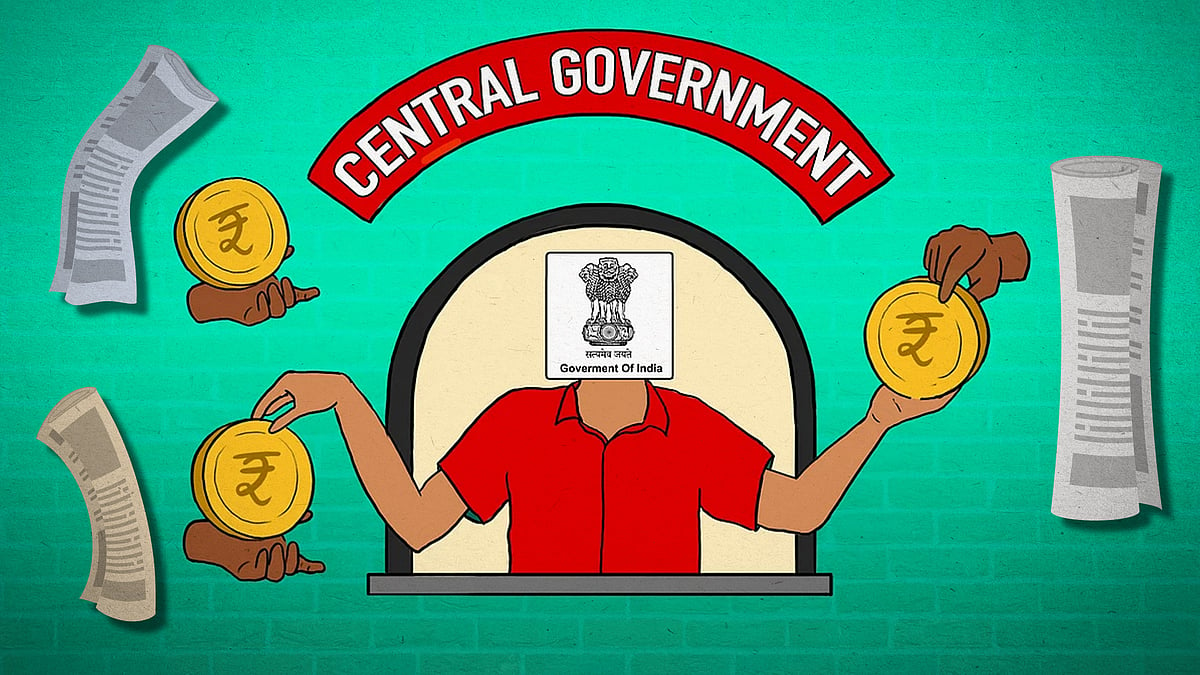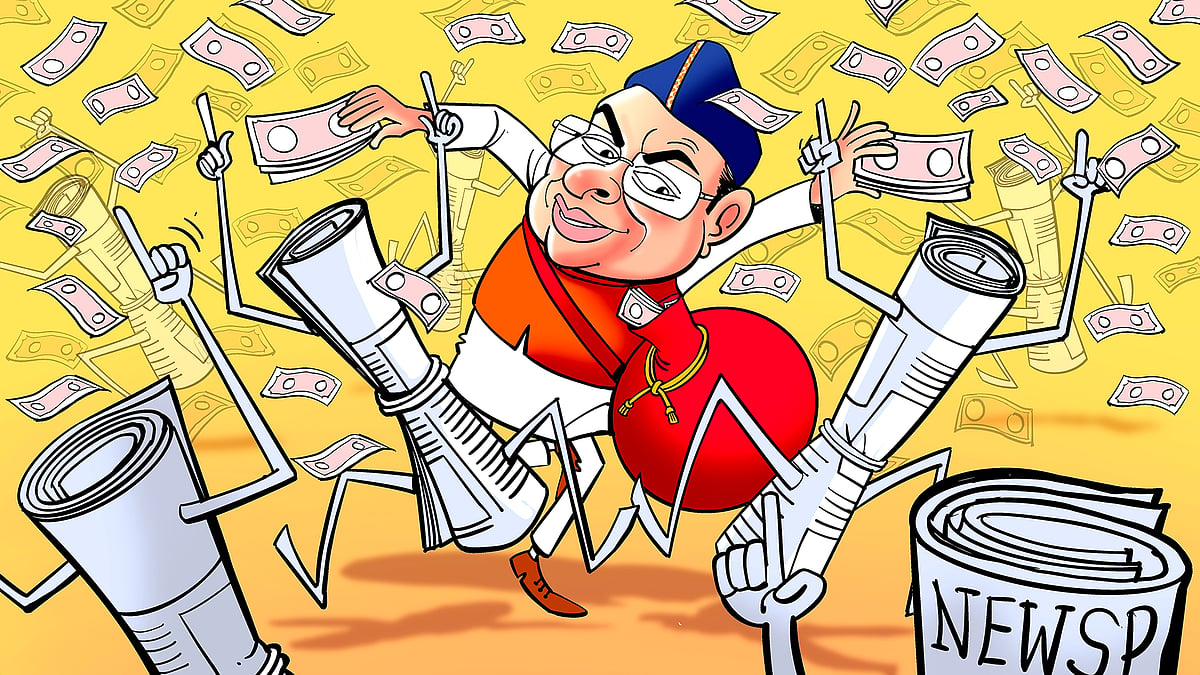Rates, selection, control: The sarkari print ad machine explained
And what does this escalating dependence on state advertising mean for press freedom?
The Narendra Modi government has hiked advertisement rates for the print media by 26 percent after similar increases in 2019 and 2013. In the last five years alone, the central government has spent nearly Rs 851 crore on print ads.
But how does the government’s ad machinery really work? Who decides which newspaper gets how much? And what does this escalating dependence on state advertising mean for press freedom?
In this explainer, we break down how the Rate Structure Committee fixes ad rates, why the Central Bureau of Communication (formerly DAVP) controls the entire pipeline, how the CBC empanelment decides which newspapers qualify for ads, and why obscure papers continue to get crores. We also look at how a 26 percent rate hike further strengthens the government’s influence over what gets published
When the biggest advertiser is the government, its claims are bound to dominate the news, and criticism is likely to cost newspapers their revenue. The result? An impact on independent journalism.
As the government tries to control independent journalism using your money, Newslaundry is slashing subscription prices by 26 percent so you can continue to support journalism that will always be accountable to the public. Grab the offer now.
 In 26% boost for print ads, a reminder of who really pays for the news
In 26% boost for print ads, a reminder of who really pays for the news Global brands, Hindutva journals, non-existent magazine: Inside Dhami govt’s print ad spree
Global brands, Hindutva journals, non-existent magazine: Inside Dhami govt’s print ad spree